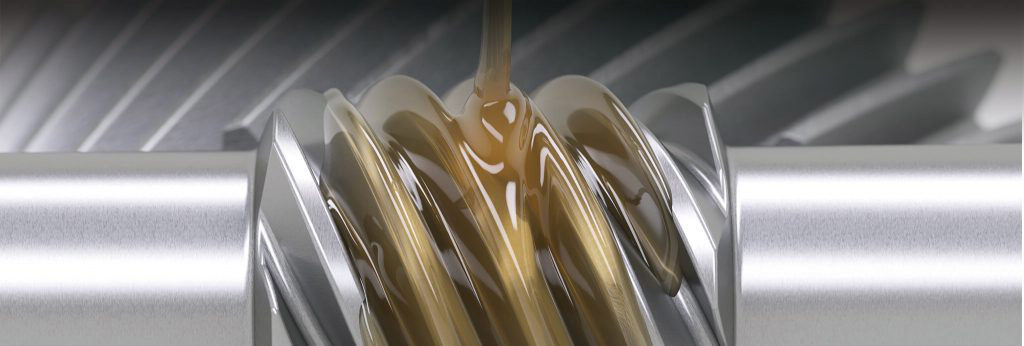Why is the viscosity of an automotive lubricant important?
The “viscosity” of a lubricant refers to its ability to resist flow. There are two cases, either the viscosity is high or it is low: the lower the viscosity (0W/5W), the more friction is reduced, providing energy savings. Conversely, high viscosity will create a thick film between moving parts for maximum engine protection.

Did you know?
There are different viscosity classes based on standards. For example, SAE grades are used for automotive applications and ISO VG grades are used in industry. IGOL gives you precise explanations and remains at your disposal for further information. For more information: https://www.igol.com/en/catalog-category/automotive/